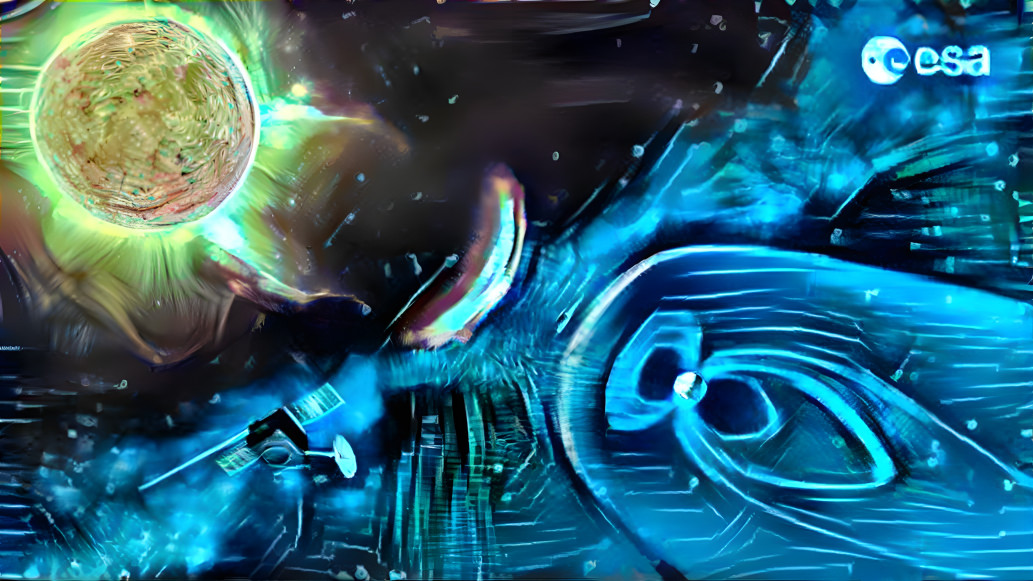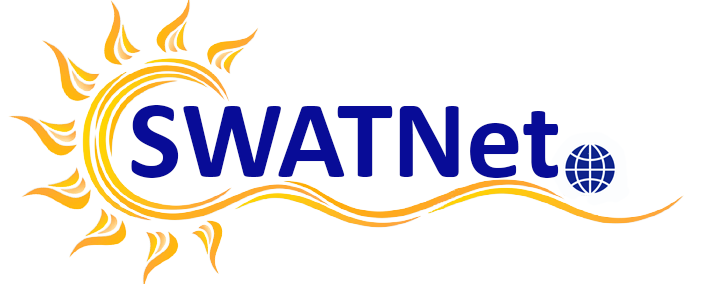
Artificial Intelligence Techniques in Space Weather
Written by: Slava Bourgeois, Simone Chierichini, Grégoire Francisco, Ronish Mugatwala
Introduction to Artificial intelligence
Artificial Intelligence (AI) is the simulation of human intelligence into machines providing a computer program the ability to think and learn on its own. It is an ideal tool in the current context where massive data sets and specialized processors (GPUs: Graphics Processing Units) are spreading rapidly.
AI consists of multiple techniques (which are used in space weather). One of the most used techniques is Machine Learning which consists in studying algorithms capable of automatic improvement by the use of data, and above all through experience.
It can be divided into three categories:
- Supervised learning : the algorithm needs both input data and desired outputs; main types are regression and classification
- Unsupervised learning : the algorithm finds patterns on its own in a stream of input
- Reinforcement learning : good answers are rewarded and the bad ones are punished
AI has numerous advantages: it considerably improves work efficiency and it handles the information better than humans (for example, since 2015, the classification error is below human error and continues to decline further). Besides, unlike humans, AI is permanently available, makes faster decisions, and can perform highly repetitive tasks.
However, there are also drawbacks, like a very high implementation cost, a lacking out of box thinking, and we have to cope with some limits such as data imbalance (indeed, we have a problem to separate and classify classes when one of them is under-represented, but this can be addressed by down-sampling the dominant class or by up-sampling the minority class) and the opacity problem of black boxes (problems of having unidentified paths during the testing process, difficulties to identify tricky inputs).
Why do we need AI in Space Weather?
Space weather can have a deep impact on human societies which makes it important to model and forecast. But it is also very complex from a physical point of view. Many physical phenomena are interconnected through scales of several orders of magnitudes, which make it a real challenge for numerical modeling. In addition some phenomena such as coronal heating are still not completely understood.
On the other hand, we collect huge amounts of data about the sun and the heliosphere, thanks to space- and ground-based observatories. To face the many scientific challenges of solar physics and space weather, artificial intelligence can come in handy to help us navigate and analyze this ocean of data in order to dynamically detect and characterize solar activity and space weather events and ultimately find new correlations and causality links between the solar activity and physical observables we can measure.
Artificial intelligence is thus a tool with great potential to improve and deepen our understanding of space weather phenomena as well as to help us forecast with better accuracy events potentially harmful to human activities.
A real world application: CME Forecasting with Supervised Learning
As mentioned above, the possibility of obtaining reliable prediction methods about the arrival time in Earth’s environment of phenomena such as coronal mass ejections (CMEs), solar flares and solar particle events, which are the main drivers of space weather, could prove vital in the near future. Part of the scientific community’s efforts are engaged in using AI to develop machine learning methods that rely on CME features and solar wind parameters to obtain information on the transit time of CME events.
The idea is to get predictions on how long it will take the CME to arrive at Earth, based on information measured at launch about the CME and the ambient solar wind. A few years ago , Liu et al. developed a new tool for forecasting CMEs, CAT-PUMA (Liu et al., 2018). This tool exploits supervised learning techniques, so the algorithm is ‘trained’ with a data set obtained by collecting a large number of CME events of which we know the travel time to Earth and we can measure some of their characteristics (such as velocity, position, time of expulsion etc.). Once the training is complete, the algorithm is able to make predictions about events ‘that it does not know about’, performing better than most of the other methods used for forecasting tasks.

In conclusion, the large panel of AI techniques is definitely a precious tool to help physicists improve their models and predictions in Space Weather. Physicists thus use AI techniques to improve their predictions so that we can prepare ourselves better in the face of space weather events potentially harmful for humans and their activities. Even further than predictions, it potentially even helps them to model the underlying phenomenon at stakes, which would later lead to even better predictions, but also to a deepened comprehension of the Sun and stars in general.
Cover image: This image was adapted from an ESA illustration using artificial intelligence tools from Deep Dream Generator.
